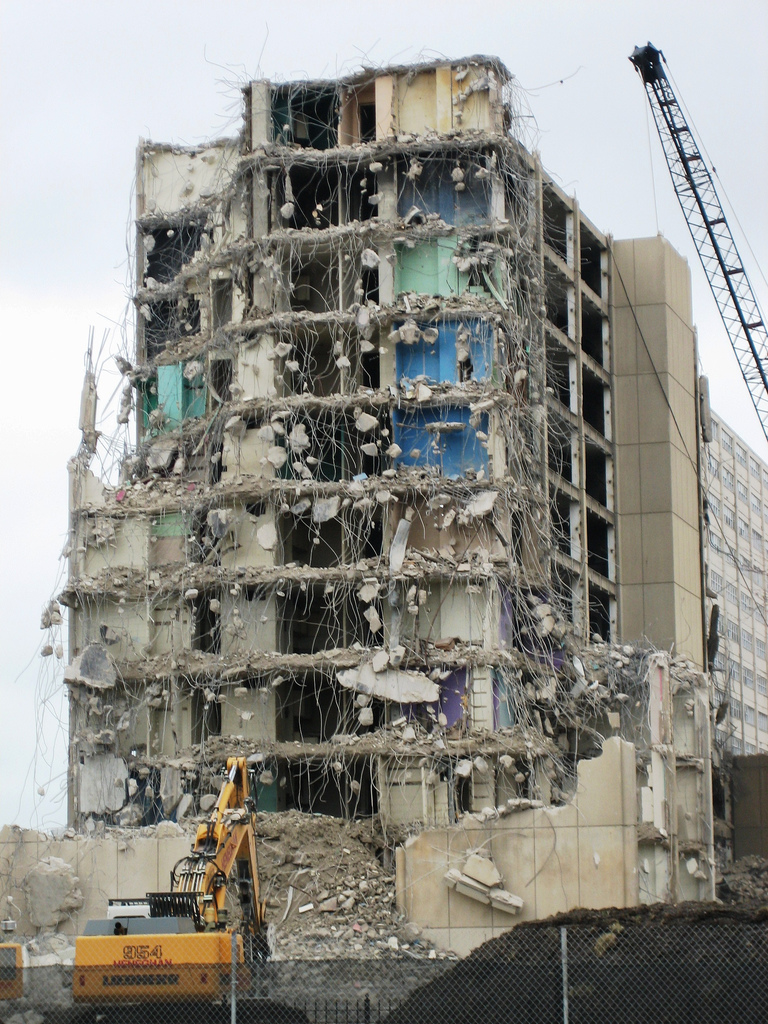
After visiting Newark and collecting some data in the form of photographs, as well as attending an Open Advisory Board meeting in Newark, my question now exists as follows:
How do institutions of higher learning (5 total in Newark, I have examined in particular two which exist in close proximity, NJIT and Rutgers Newark) impact local urban life? What types of changes in terms of housing, local establishments, street culture, if any, have resulted from the placement of these universities within the city? What types of buildings-landmarks-atmosphere classify these college communities; further, how are they defined visually? What lines, if any, divide these communities from the rest of Newark (I know,these communities are still a part of Newark, I need to work on re-wording), and what do these lines look like?
Methodology: My project consists of research done on multiple trips to a specific section of Newark, particularly the areas in and around Rutgers and NJIT. The data I have collected consists of photographs, videos, as well as personal observation (field notes) in what I will call transition or border zones between college "campuses" and the rest of Newark as a city. Campuses exists in quotes both because these colleges exist side by side and not discrete from each other, and also because I, for the purpose of analyzing my data am seeing them as distinct from the rest of the city in order to assess what the borders around these areas look like visually, and what the significance of these areas could be to Newark citizens.
During one of my visits to the area I brought what I would consider an "insider" with me who knew the area, a former NJIT student. He served as both a guide as well as a reference and gave me his perspective on the situation. It was important that I situated his comments and viewpoint within a broader perspective of his experiences as well as what the purpose of my inquiry was, in order to make sense of what he was telling me and use it as relevant information without becoming partial as a researcher.
Prior to my discussion of the data collected, I will look at and discuss the history of Newark and its construction, as well as the interaction and role these institutions have within the city, economically, politically, and culturally. It is here that I will tie in data (notes) I have from the Open Advisory meeting to demonstrate how these institutions affect urban youth (i.e. magnate schools vs. comprehensive schools).
Upon analyzing my data, I will then discuss the dual city theory which I believe demonstrates a lot of what my photographs of these transition zones demonstrates. Lastly, I hope to incorporate Fruchter's book in to my discussion as I feel that he sums up a lot of things which we have been pointing too all semester, sort of all roled up in one, but I haven't quite figured out how I will fit him into my discussion. Perhaps I need to continue reading! This, my friends, is a mere draft/plan/brainstorming session, please...offer up your suggestions!













